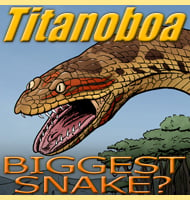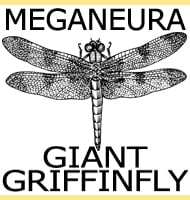In Depth
Mirischia is a genus of compsognathid dinosaur that lived in what is now Brazil during the early Cretaceous. Mirischia means ‘wonderful ischia’, and this dinosaur acquired this name because the two ischia (bones of the pelvis) show an oval foramen (opening) in the left bone, and a notch in the same position on the right bone, making the ischia asymmetrical. Mirischia would have been a lightly built but fast and agile predator that was perfectly adapted for hunting smaller animals, be they lizards, primitive mammals, smaller dinosaurs or anything else they could catch.
Further Reading
- Ecology, systematics, and biogeographic relationships of dinosaurs, including a new theropod, from the Santana Formation (?Albian, Early Cretaceous) of Brazil. - Historical Biology 2004:1-14. - D. Naish, D. M. Martill & E. Frey - 2004.









